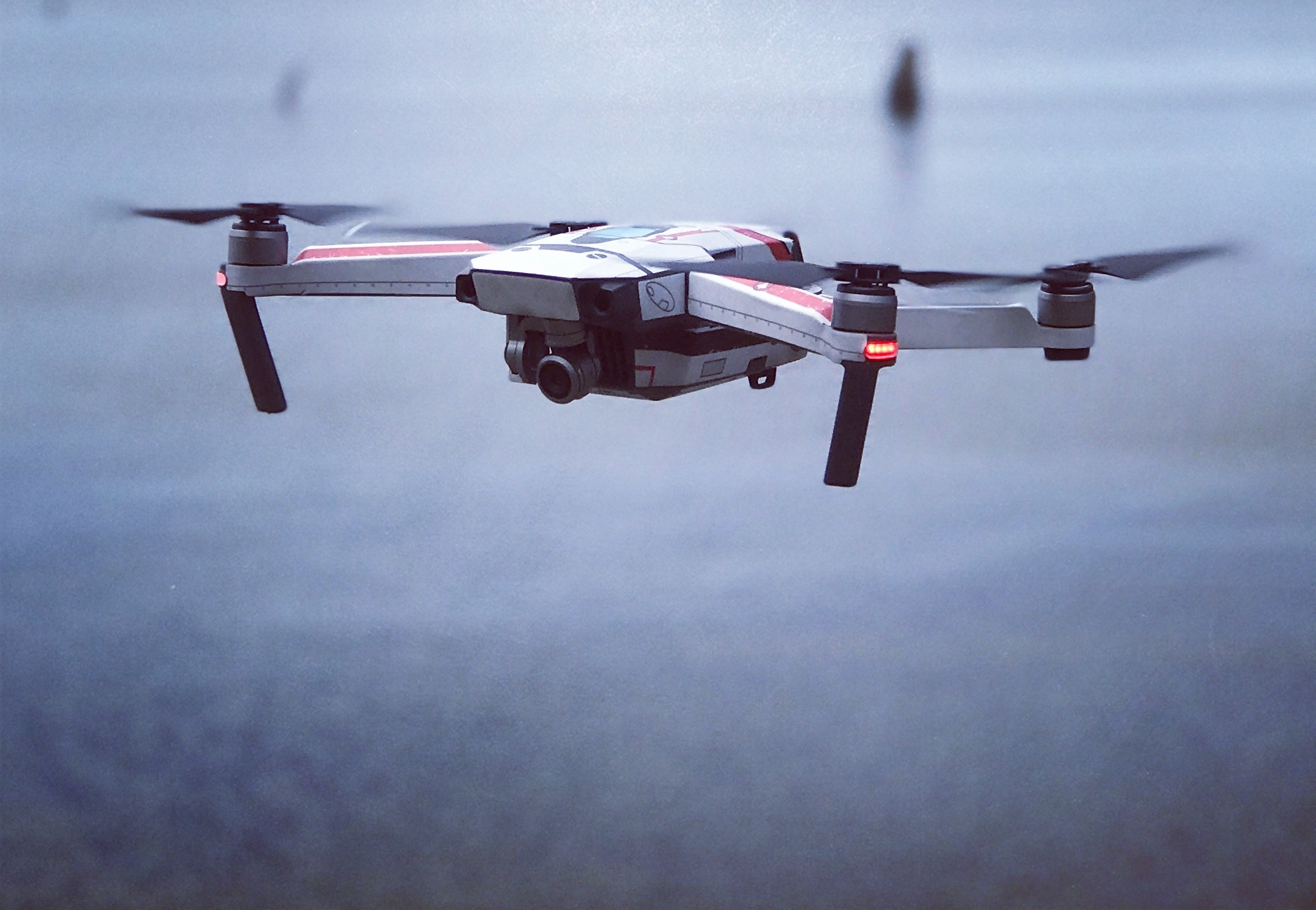Baker McKenzie recently added a preeminent aviation and unmanned aircraft systems (UAS) law practice in our Washington DC office. The practice is led by Kenneth Quinn, Global Chair, Aviation, and Jennifer Trock, head of the ABA’s Drone Law Committee, who co-chairs our UAS law team with Ken. We’re excited to announce the launch of our Global Aviation group’s UAS Insights blog and its associated Twitter account (@UAS_Insights).
The drone law regulatory framework has evolved quickly. We have clients launching high-altitude drones, entrepreneurs ready to launch self-piloted aerial vehicles using vertical take-off and landing with horizontal flight, and professional sports team clients examining practice, broadcast, and defensive use of drone technology.
A wide variety of industries, including construction, agriculture, mineral and mining, nuclear, search & rescue, mapping, real estate, insurance, social and news media—to name a few—are using drone applications to further their businesses, often enhancing safety and reducing costs. Universities and the entertainment industries are early adopters. Private equity and hedge funds are looking to invest in new and exciting drone applications, and counter-drone technologies. Major aerospace companies are now looking to expand and partner with others in this exciting field.
At the same time, serious safety, security, privacy, preemption and many other complicated issues arise with using drones. Civil aviation regulators around the world are struggling to keep up with the technology, compete for drone businesses, and ensure the safe introduction of drones into their national airspace systems. The international community, through the International Civil Aviation Organization and other groups, are trying to harmonize international laws.
Every week, new drone laws, regulations, and policies are being introduced around the world. These new regulatory frameworks present challenges for companies wishing to exploit new drone technologies and applications, particularly as regulators are pushed to go beyond visual line-of-sight, to permit drone operations over non-participant people, and to allow drones to fly higher than 400 AGL.
Baker McKenzie’s global drone law team is here to help you navigate this ever changing framework. Our new blog and Twitter account will provide daily and weekly insights on the latest legal developments and business innovation related to the drone industry around the world.
To subscribe click HERE.




